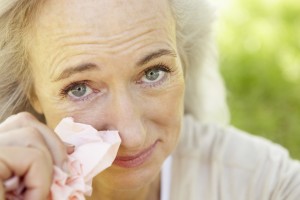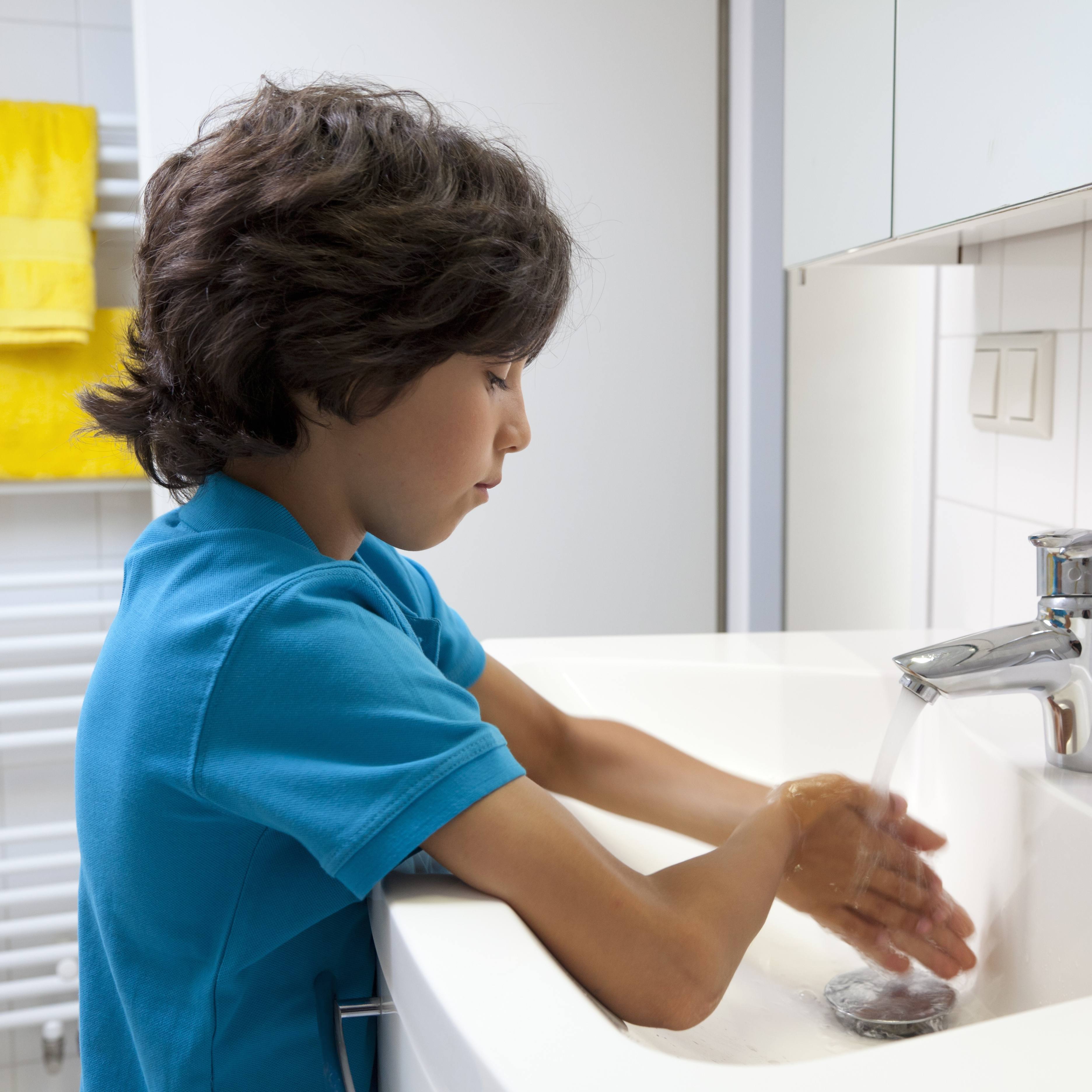-
Weekend Wellness: New treatments for dry eyes may help if standard treatments fail
 DEAR MAYO CLINIC: What causes dry eyes? Is there an effective treatment other than constantly using eye drops to keep them moist?
DEAR MAYO CLINIC: What causes dry eyes? Is there an effective treatment other than constantly using eye drops to keep them moist?
ANSWER: Dry eyes happen when your eyes do not make enough tears or when those tears are poor quality. Treatment of dry eyes often includes medication, eye drops or ointment. But new treatments for a certain type of dry eyes may provide relief when standard treatments fail.
To keep your vision clear and your eyes comfortable, you need a smooth layer of tears consistently covering the surface of your eyes. The tear film has three basic components: oil, water and mucus. Problems with any of these can cause dry eyes.
Symptoms of dry eyes often include blurry vision, eye redness, sensitivity to light, and a burning, gritty or scratchy feeling in your eyes. Dry eyes may cause excessive tearing in some cases. They can make it difficult to wear contact lenses, too. Medications, age, eyelid problems, environmental factors (such as climate) and excessive eye strain can all result in dry eyes.
For some people with chronic dry eyes, the problem stems from glands in the eyelids, called the meibomian glands. Normally, these glands make oil that slows the evaporation of tears. If the glands become blocked, tears do not contain enough oil. Then the tears evaporate too quickly, and eyes become dry. This type of dry eye condition is known as evaporative dry eye. Inflammation of the eyelid skin — a disorder called ocular rosacea — can often result in blocked meibomian glands.
Several therapies are available to treat dry eyes caused by blocked eyelid glands. The first, called LipiFlow thermal pulsation, is generally recommended for people with mild to moderate eyelid inflammation. During the treatment, a device that looks like an eyecup is placed around the eyelids. It delivers a gentle, warm massage to the lower eyelid to help clear blocked oil glands. This treatment usually takes 15 minutes or less. Multiple treatments may be necessary for full benefit.
For people with more severe inflammation, a recently developed treatment option known as intense pulsed light therapy, or IPL, may be useful. IPL uses bursts of light directed at the lower eyelids and upper cheek areas to heat the blocked eyelid glands. A physician then manually expresses the blocked oil from the eyelids, allowing the oils to flow more freely after treatment.
Most people need IPL treatment once a month for four months to see the best results. But many notice some improvement after a single treatment. Those with severe cases of evaporative dry eye may need maintenance therapy to effectively get rid of symptoms.
If you have symptoms of dry eyes that do not respond to eye drops or other standard therapies, have an evaluation to see if blocked eyelid glands could be part of the problem, and ask about LipiFlow and IPL. Because these are newer treatments, they are not available at all health care facilities. You may need a referral to a specialty center to receive these therapies.
It is important to address problems with dry eyes. Symptoms can make many day-to-day tasks difficult, including reading, driving and computer work. If left untreated, dry eyes can eventually result in scarring of the eyes and permanent vision problems. If you have pain, redness, itching or other eye problems that persist, talk to your doctor. — Dave Patel, M.D., Ophthalmology, Mayo Clinic, Scottsdale, Ariz.
Related Articles






